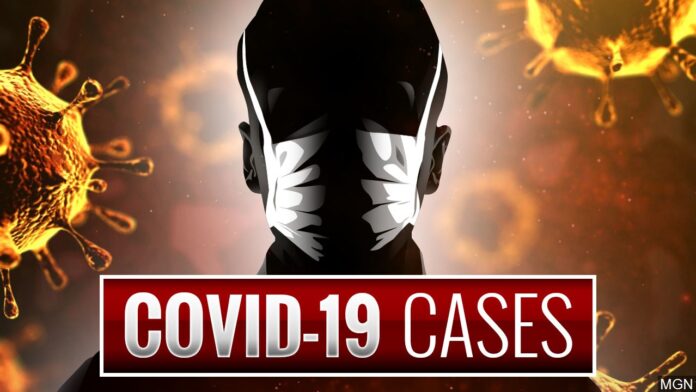Can COVID-19 travel through the air?
Dr. Scott Weaver, scientific director of the Galveston National Lab and director of the University of Texas Medical Branch Institute for Human Infections & Immunity, took some time to clarify some misconceptions that the public may have about the coronavirus.
“I think that the understanding of (COVID-19) has evolved over time,” Weaver said via Zoom. “Additionally there were some assumptions that most transmissions were through direct contact with large droplets that people inspire when they’re coughing or sneezing. I think overtime the evidence is mounting now that quite a bit of the transmissions is airborne — probably some of it through aerosols rather than larger droplets.”
Weaver explained aerosols are droplets in the size-range of about 1 to 5 microns. Individuals spread aerosols simply through breathing or speaking.
“Between the epidemiologic evidence from clusters of cases occurring in bars or parties where people are close together and not wearing masks, and then the experimental work which is the latest paper we were involved in which just came out showing that the virus can survive at least 16 hours in these aerosols under stagnant conditions,” Weaver said.
“All these bits of evidence are adding up to probably more transmissions through the respiratory realm than we first recognized.”
Weaver said that it’s difficult for experts to properly define the spread of the coronavirus through aerosols in terms of percentage, but he did say that it probably happens often.
He also took the opportunity to clarify some misconceptions about face coverings, specifically individuals who refuse to wear masks for health reasons.
“People in the highest risk situations, like healthcare workers who are working with people who are known to be infected with the coronavirus, they should really be wearing the type of mask known as the n-95,” Weaver said. “Those masks are different in a couple of ways. First of all, they can filter smaller particles to droplets. They can filter aerosols. Secondly, they’re shaped so that they fit better on your face.”
He said facial hair could hinder the effectiveness of n-95 masks, and for individuals who don’t work in a healthcare setting, surgical masks and cloth masks are sufficient in preventing the spread of COVID-19.
“If they’re not in high-risk situations, they help reduce the risk of being infected. We don’t know exactly how much, but it’s at least a little bit,” Weaver said. “They probably have a bit more impact reducing the risk of an infected person transmitting to others. They block that airflow if you sneeze or cough, or even if you’re just breathing or speaking loudly. They block the trajectory of the aerosol coming out of the mouth or the nose so it doesn’t spread as far to put others at risk.”
He explained good ventilation could help dissipate aerosol-sized droplets of the virus with the movement of air.
When asked to address individuals who believe that wearing masks pose health risks, he noted those with severe respiratory problems or chronic diseases may have more of a challenge wearing a mask.
“Your average person who puts on a surgical mask or a cloth mask, unless they have a very severe underlying respiratory condition, they don’t need to worry about that,” he said.




